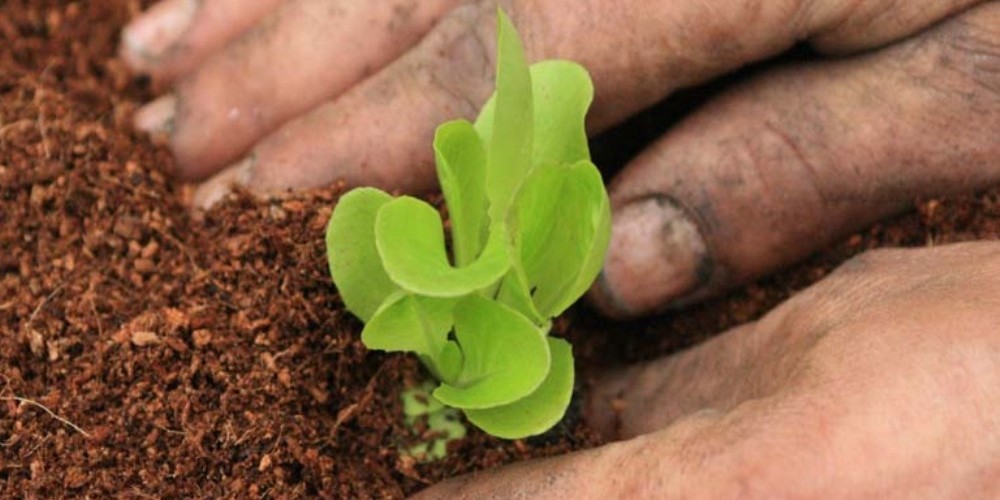Preparing your soil for spring growing is the number one job for this time of year. The sooner you can get started, the better, but obviously that may be tricky if it’s been snowing! If you can find a dry, warmish day over the next few weeks though, then have a read of this and get cracking for a better summer crop.
Assuming you are starting with an empty raised bed or similar, then the first step is to pull up, by hand, any small weeds. Once they’re out of the way you’ll find it easier to pull up any big weeds without accidentally hiding the smaller weeds in the process. By big, we mean things like nettles, brambles, dandelions and so on. You’ll need to use a garden fork to do this and make sure you get the roots out.
Once your bed is weed free, rake it over and cover the soil with a good layer (about 5cm thick) of organic mulch – homemade compost is the very best thing, or well-rotted manure (it needs to be at least 6 months old to have rotted down enough.) If you don’t have your own homemade compost, then please, please start a compost bin or pile as you’ll come to treasure the homemade good stuff over the next few seasons! But you can of course buy compost from garden centres (and us) – it’s best to choose a peat-free organic compost.
Now, cover the bed with a sheet of black polythene or weed-blocking membrane. This will help to insulate the soil making it warmer for planting in spring.
When spring arrives and you’re ready to plant, try not to disturb the soil too much as it’ll be lovely and light with the compost on the surface, and the compost mulch will also help to suppress weeds. Top up the compost mulch in autumn again and this will help to keep weeds down next winter and keep the nutrition levels of the soil up.

